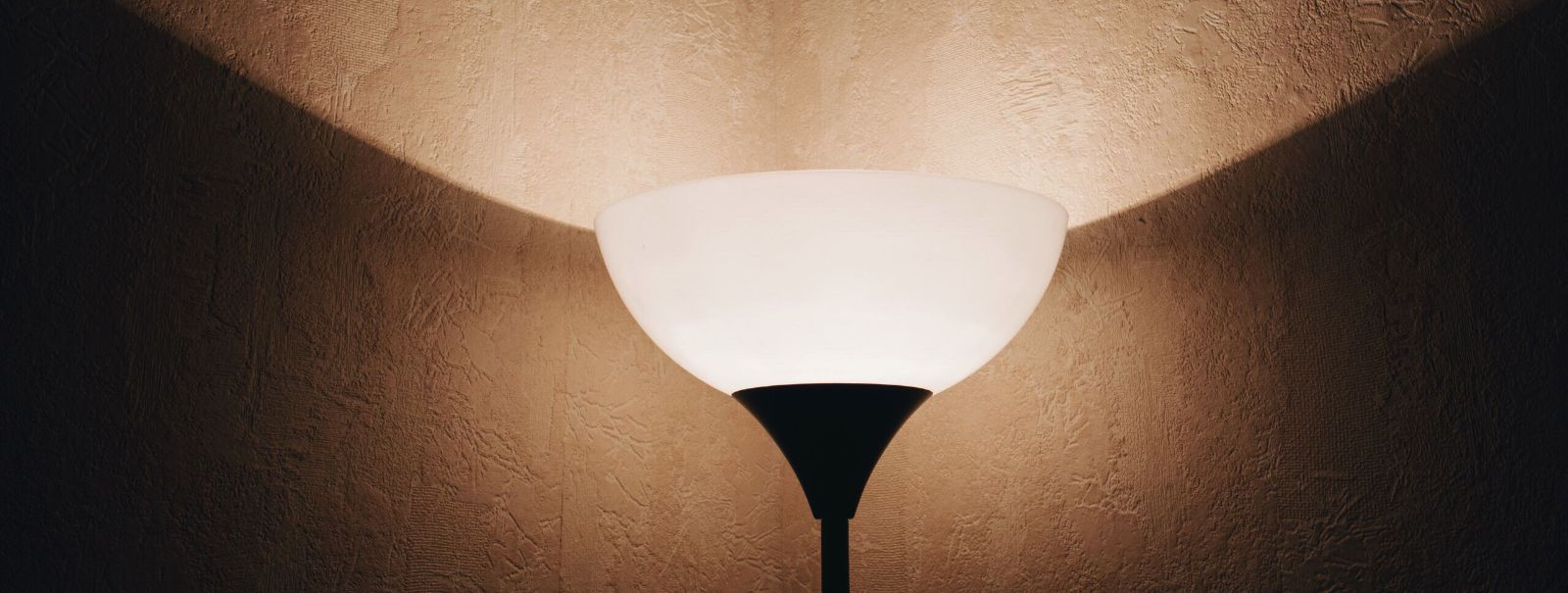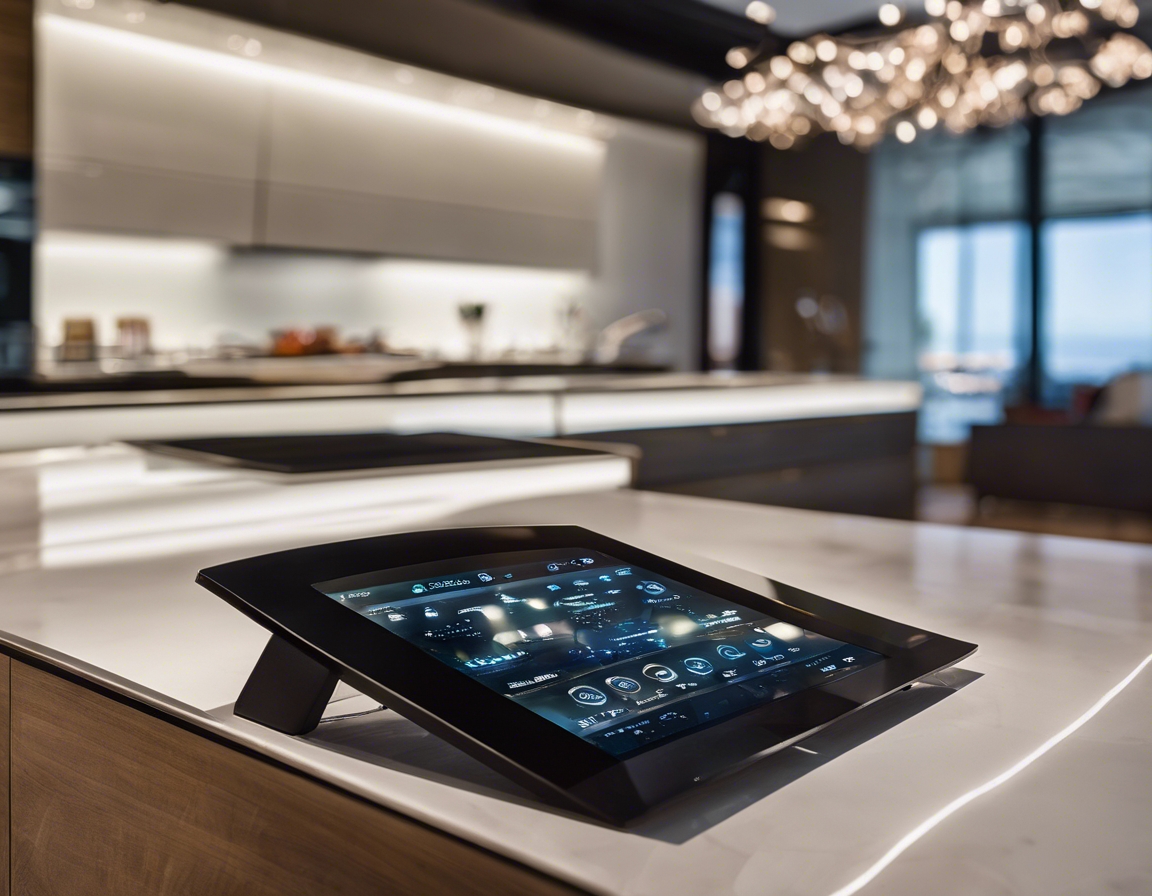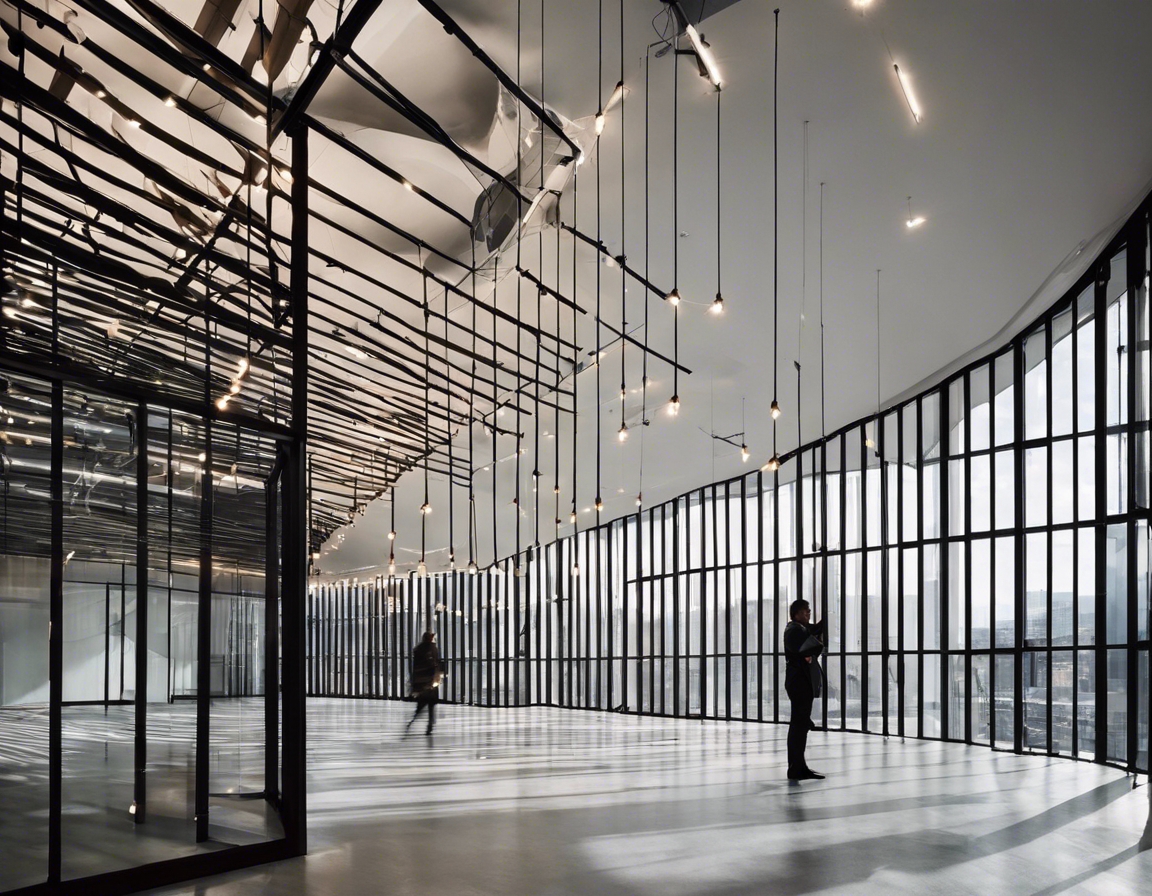The role of lighting in sustainable building design
Sustainable lighting refers to the design and implementation of lighting systems that are energy-efficient, have minimal environmental impact, and provide the necessary quality and quantity of light for the intended tasks. It encompasses the use of energy-saving technologies, responsible manufacturing processes, and lighting designs that reduce waste and pollution over the lifecycle of the lighting products.
Modern architecture increasingly emphasizes sustainability as a core principle. Lighting plays a crucial role in this, as it accounts for a significant portion of energy consumption in buildings. Sustainable lighting design is not only about reducing energy usage but also about enhancing the well-being of occupants, improving productivity, and contributing to the overall aesthetic of a space.
Key Principles of Sustainable Lighting Design
One of the primary goals of sustainable lighting is to minimize energy consumption. This can be achieved through the use of energy-efficient light sources, such as LEDs, and by incorporating lighting controls that adjust output based on occupancy or daylight availability.
The quality of light is paramount in sustainable lighting design. It involves the appropriate distribution of light, color rendering, and minimizing glare to create a comfortable and visually stimulating environment.
Long-lasting lighting solutions reduce the need for frequent replacements, thereby cutting down on waste and maintenance costs. Selecting durable fixtures and implementing regular maintenance schedules are essential for sustainable lighting practices.
Choosing lighting products made from recyclable or sustainable materials and those manufactured through eco-friendly processes is another key aspect of sustainable lighting design.
Technological Innovations in Sustainable Lighting
LEDs have revolutionized the lighting industry with their high energy efficiency, long lifespan, and decreasing cost. They are a cornerstone of sustainable lighting solutions.
Smart lighting systems use sensors and connectivity to optimize lighting usage, further reducing energy consumption and extending the life of lighting components.
Daylighting involves the use of natural light to illuminate interior spaces, reducing the reliance on artificial lighting during daylight hours. This strategy requires careful planning of window placement, reflective surfaces, and sometimes light shelves or skylights.
Integrating Lighting with Other Sustainable Building Practices
Building orientation and design can maximize the use of natural light and minimize the need for artificial lighting, which is a key component of sustainable building design.
Pairing lighting systems with renewable energy sources, such as solar or wind power, can further reduce a building's carbon footprint and promote energy independence.
Designing lighting systems that minimize light pollution contributes to a sustainable environment by preserving the night sky and preventing disruptive impacts on wildlife.
Challenges and Considerations
While sustainable lighting can lead to long-term savings, the initial investment can be higher than traditional lighting systems. This challenge can be mitigated through incentives and a focus on the total cost of ownership.
Compliance with local and international lighting standards and regulations is essential for sustainable lighting design, and can sometimes pose challenges for designers and builders.
Finding the balance between design aesthetics and sustainable practices is a common challenge in lighting design. However, with the right approach, it is possible to achieve both a visually appealing and environmentally responsible lighting scheme.






Comments (0)